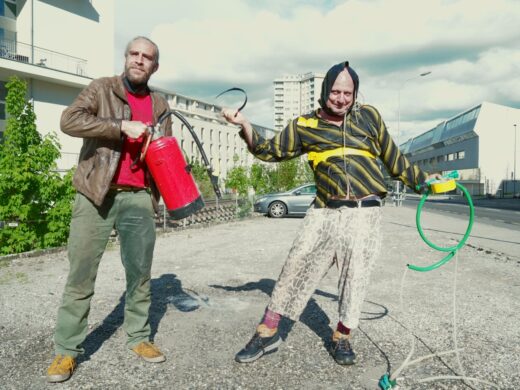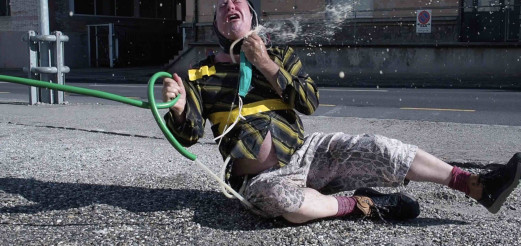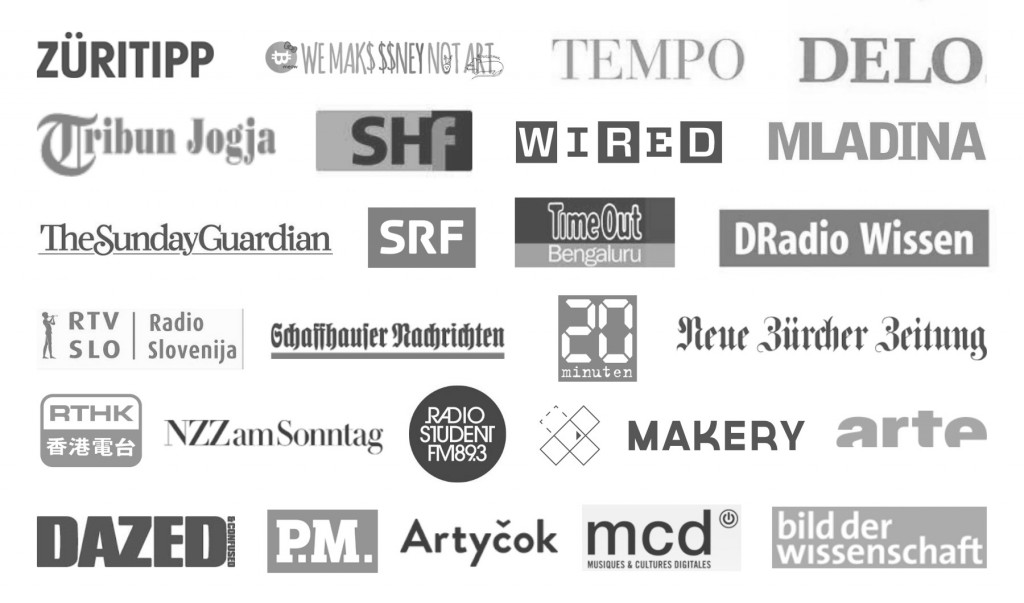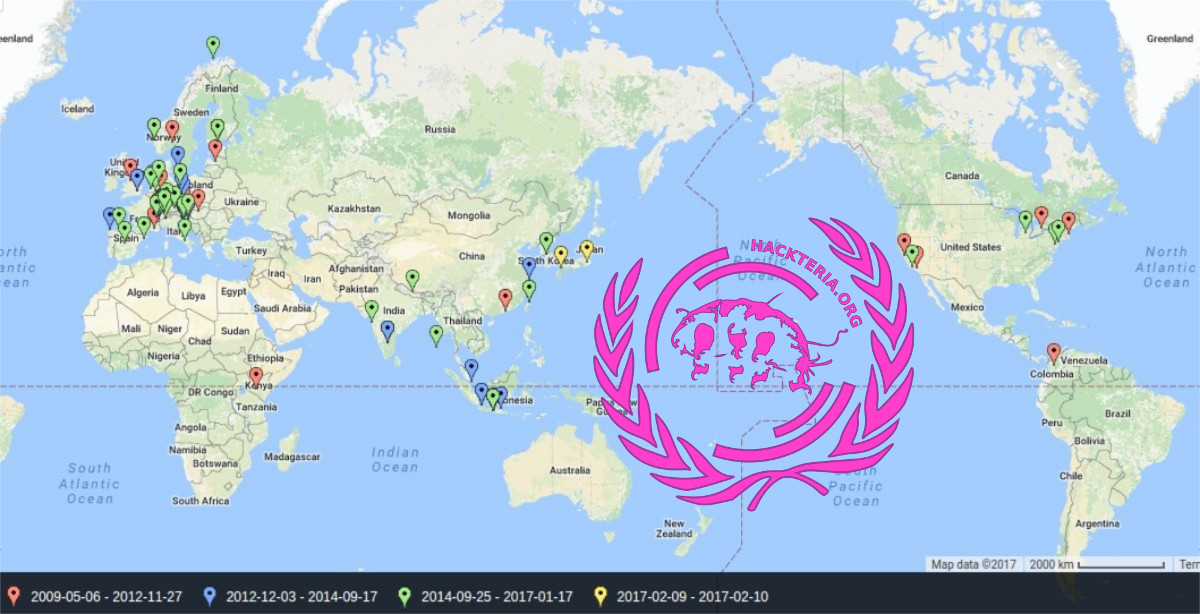We are happy to host Adam Zaretsky again as our Artist-in-Residence at Hackteria ZET for 2 weeks in December 2021. It’s time to continue with Transgenic Human Genome Alternatives Project (thGAP), wrap up some our workshop series from Summer 2021, prepare the release of the CGCB, Creative Germline Constucts Bank and send out a call to the World for bioart critiques and aesthetic reviews to be discussed at the World Congress on New Reproductive Technology Arts.
Read his most recent “Open Letter to Lulu 露露 and Nana娜娜” on Makery.
“We are going to be making an Open ArtSci Call for Creative Science Fiction Writers, Citizen Bioethicists and Untrained Art Critics to critically review the 5 entries we have compiled online on the CGDB. After that we might put some of the results up on GitHub and then make an NFT of them. Then we will call the World Congress on New Reproductive Technology Arts, for a GLOBAL AESTHETIC RESPONSE TO TRANSGENIC HUMANS AS BIOART and work on updating to a ‘real’ database. Oh yeah, and we did come up with a list of fifteen next steps, all of which are near impossible legally and technically so we should. Finally, we wrote a letter to the WHO Expert Advisory Committee on Developing Global Standards for Governance and Oversight of Human Genome Editing. No word back from them but I am sure they got the message. We might need to get their attention.” – Words by Adam himself

“First I am thankful to Hackteria – Zentrum für Experimentelle Transdisziplinarität (Center for Experimental Transdisciplinariy), Research Node: ReproTech & Art / Germline Hacks and Designer Babies. Including time spent well in the Swiss Embassy of San Francisco and Garage MCA in Moscow working on Methods of Transgenesis and GMO DIY Crispr Baby workshopoligies.
I also do want to than the Swiss Mechatronic Art Society for the time in residence plotting and making a crying machine and exploding miso neck living gooper gore bioart special effects performance.
We got into the wetness of reproductive technology, open source science, and the text to flesh interface of human germline genome editing. We learned how to read GENbank, FASTA, PubMed and SciHub pubs creatively. We got beyond the intimidating complexity by uploading equally as complex analogical and qualitative artistic data including: accordion music, drawings, collages, poetry and experimental video and more.
We involved people from wildly diverse backgrounds and international origins as is normal for Hackteria a global open house for odd, queer and oblique DIYbioart Hacker tweek and freekerz. We also group-geeked hard and stayed ridiculous about reporter genes, safe harbors, inducible promoters, off target mutations and IVF microinjection.
What we did was amazing. Like truly groundbreaking, wildly silly and depth informative. Beyond the call of duty living on the fumes of Marc’s covid pay and minky little eth donations… We taught hybrid simultaneous in-person and online/off–ground… which is a form of super depleting heroism. I think it was super inspiring for those involved and has yet to mature but will make a great database if it continues.” – Testimonial by Adam Zaretsky
Fanzine / Booklet is published!
Schedule
Duration of residency: 6 – 19. December
8. Dec: Lecture for students in interaction design, ZHdK, Zürich
9. Dec: Talk and Group Discussion on “Biohacking” with dusjagr, Maya Minder and Adam Zaretsky, HEK, Basel
…. More details will follow
Ten Directions Forward – thGAP_ Transgenic Human Genome Alternatives Project psyFert
Join us for onsite and online discussion on how to go forward with thGAP. Stay tuned for dates and online hang-outs!
Reflections on Mind thGAP
We made three super relaxed bioinformatics primer labs for public understanding of databases of hereditary data (gene scans and gene scrolls) but also an understanding of the social implication of issues of gene piracy, genetic privacy.
- Lab 1 – Transgenic Human Genome Alternatives Project (thGAP)
- Lab 2 – Generic Open-Source Plasmid for Human Arts (GOSPHA)
- Lab 3 – Creative Germline Constructs Bank (CGCB)
We got into the wetness of reproductive technology, open source science, and the text to flesh interface of human germline genome editing. We learned how to read GENbank, FASTA, PubMed and SciHub pubs creatively. We got beyond the intimidating complexity by uploading equally as complex analogical and qualitative artistic data including: accordion music, drawings, collages, poetry and experimental video and more.
We involved people from wildly diverse backgrounds and international origins as is normal for Hackteria a global open house for odd, queer and oblique DIYbioart Hacker tweek and freekerz. We also group-geeked hard and stayed ridiculous about reporter genes, safe harbors, inducible promoters, off target mutations and IVF microinjection.
What we did was amazing. Like truly groundbreaking, wildly silly and depth informative. Beyond the call of duty living on the fumes of Marc’s covid pay and minky little eth donations… We taught hybrid simultaneous in-person and online/off–ground… which is a form of super depleting heroism. I think it was super inspiring for those involved and has yet to mature but will make a great database if it continues.
Bio: Adam Zaretsky
http://www.emutagen.com/
Zaretsky is a Wet-Lab Art Practitioner mixing Ecology, Biotechnology, Non-human Relations, Body Performance and Gastronomy. Zaretsky stages lively, hands-on bioart production labs based on topics such as: foreign species invasion (pure/impure), radical food science (edible/inedible), jazz bioinformatics (code/flesh), tissue culture (undead/semi-alive), transgenic design issues (traits/desires), interactive ethology (person/machine/non-human) and physiology (performance/stress). A former researcher at the MIT department of biology, for the past decade Zaretsky has been teaching an experimental bioart class called VivoArts at: San Francisco State University (SFSU), SymbioticA (UWA), Rensselaer Polytechnic Institute (RPI), University of Leiden’s The Arts and Genomic Centre (TAGC) and with the Waag Society. He has also taught DIY-IGM (Do-It-Yourself Inherited Genetic Modification of the Human Genome) at New York University (NYU) and Carnegie Melon University (CMU). He also runs a public life arts school: VASTAL (The Vivoarts School for Transgenic Aesthetics Ltd.) His art practice focuses on an array of legal, ethical, social and libidinal implications of biotechnological materials and methods with a focus on transgenic humans.


















It‘s quite in here! Why not leave a response?